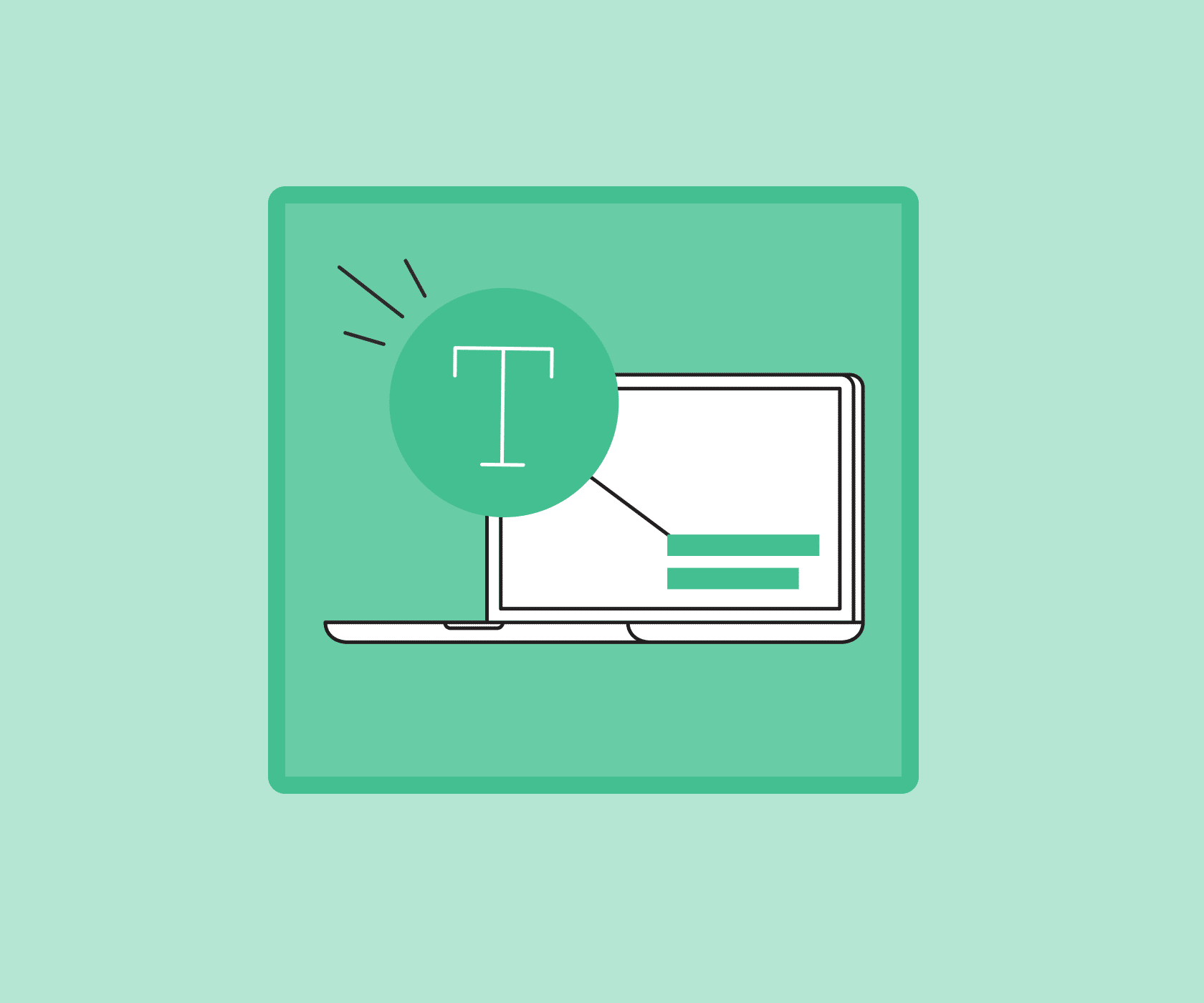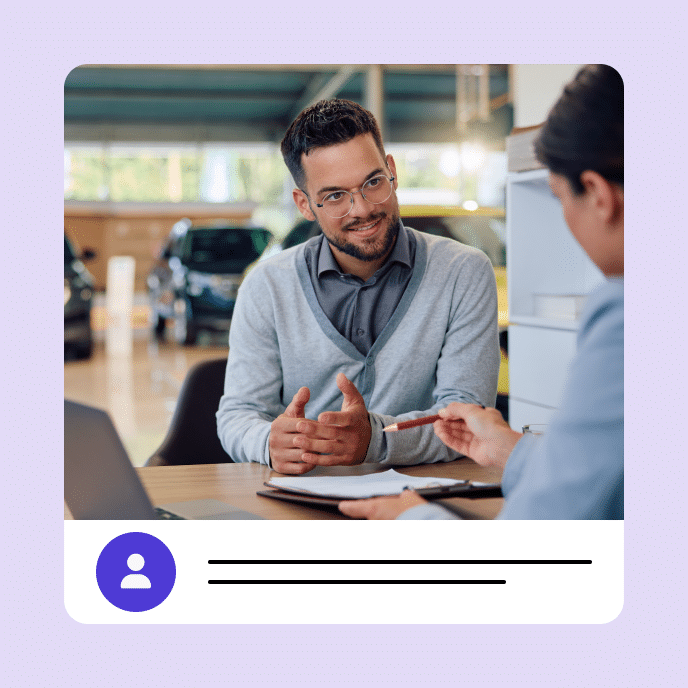From Push to Pull: A Better Way to Design E-Learning
Learn how to move beyond traditional content delivery to create e-learning that motivates learners to seek out information, leading to more engaging and effective training.

Here’s a common challenge in e-learning design. We all want to create engaging, interactive courses, but sometimes our content or tight deadlines make this tough so we end up going with the tried and true click-and-read, explainer course where we push content to the learner.
Here’s how we can fix that.
The problem with pushing content
Most e-learning courses follow a predictable pattern—they push information at the learners in a one-size-fits-all approach. You’ve probably seen it before:
- Start with objectives
- Present content in chunks
- Add some knowledge checks
- End with a quiz
It’s like a factory assembly line for learning. While this approach isn’t inherently bad (especially for simple compliance training), it assumes all learners need the same information in the same way.
Why pulling content works better
Instead of pushing content and forcing information onto learners, what if we created reasons for them to seek it out? This is where the pull approach shines.
Rather than asking “How do I present this content?” start with “Why would someone need this information?”
This simple change transforms how you design your courses because it shifts your focus from content delivery to real-world application, helping you create training that feels immediately useful.
When you understand why someone needs specific information, you can create scenarios and activities that mirror those real needs, making the learning feel less like a lecture and more like practical job preparation.
Think of it like the difference between reading a manual about customer service versus practicing how to handle an upset customer—one pushes information at you, while the other pulls you into applying what you need to know.
How to make the switch to pull learning
Start by creating situations where learners actively seek out information. Here are some practical ways to do this:
Create authentic scenarios
Build real-world situations where learners need to solve problems. This naturally leads them to seek out relevant information.
Use targeted challenges
Instead of presenting all information upfront, start with a challenge that makes learners realize they need specific knowledge to proceed.
Break the content-first mindset
Rather than organizing by topics, organize your course content by problems or situations learners might face. Let them discover what they need to know through exploration and practice.
Making it work in the real world
You don’t need complex simulations or elaborate scenarios. Even simple problem-solving activities can create that “need to know” feeling that drives learners to engage with the content. The key is presenting challenges before solutions.
Some practical approaches:
- Start modules with realistic problems instead of objectives
- Let learners try tasks before teaching them the “right way”
- Create decision points where learners need to seek out information
- Include branching scenarios where choices lead to different content needs
Moving from content delivery to learner-driven discovery
Transforming your e-learning design from push to pull doesn’t require major redesigns – it starts with simply changing how learners access information. By leading with realistic scenarios and challenges instead of content, you create natural opportunities for learners to seek out and apply knowledge in ways that mirror real-world needs.
You may also like

Why Employee Onboarding Is Important—and How to Maximize Results
Want to increase new hire retention, engagement, and productivity? Unlock the benefits of employee onboarding with these tips.

